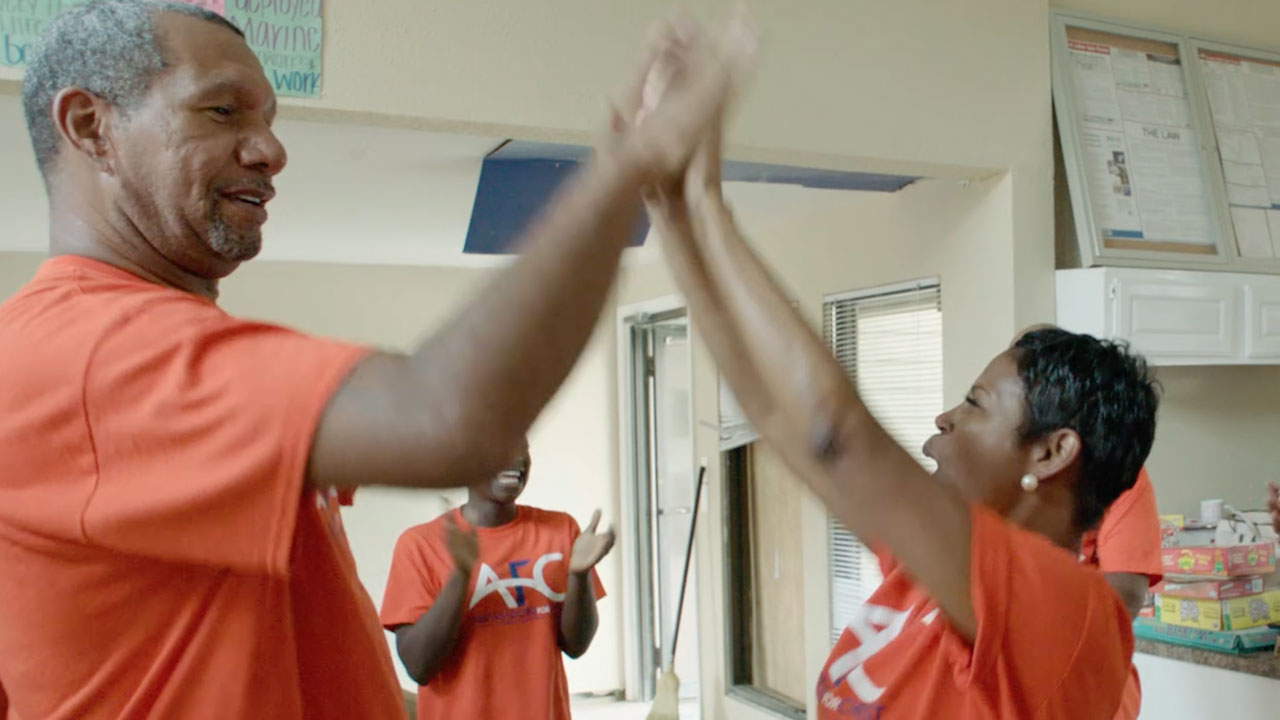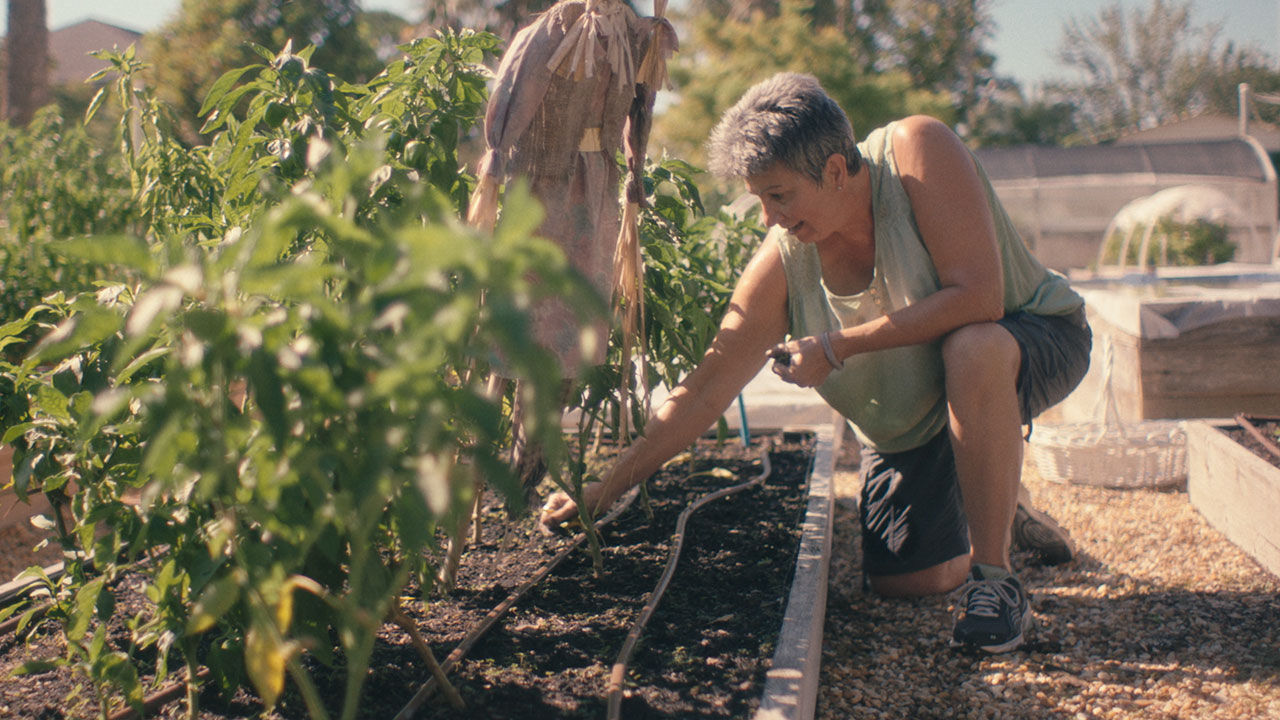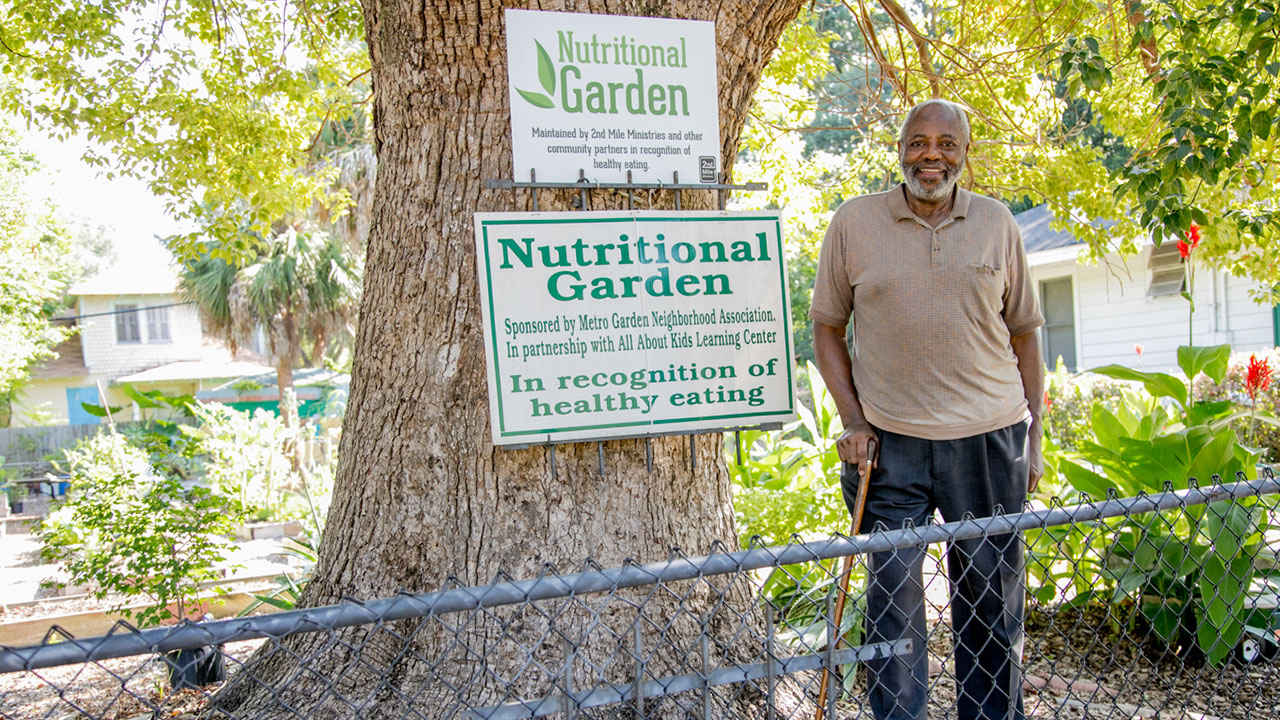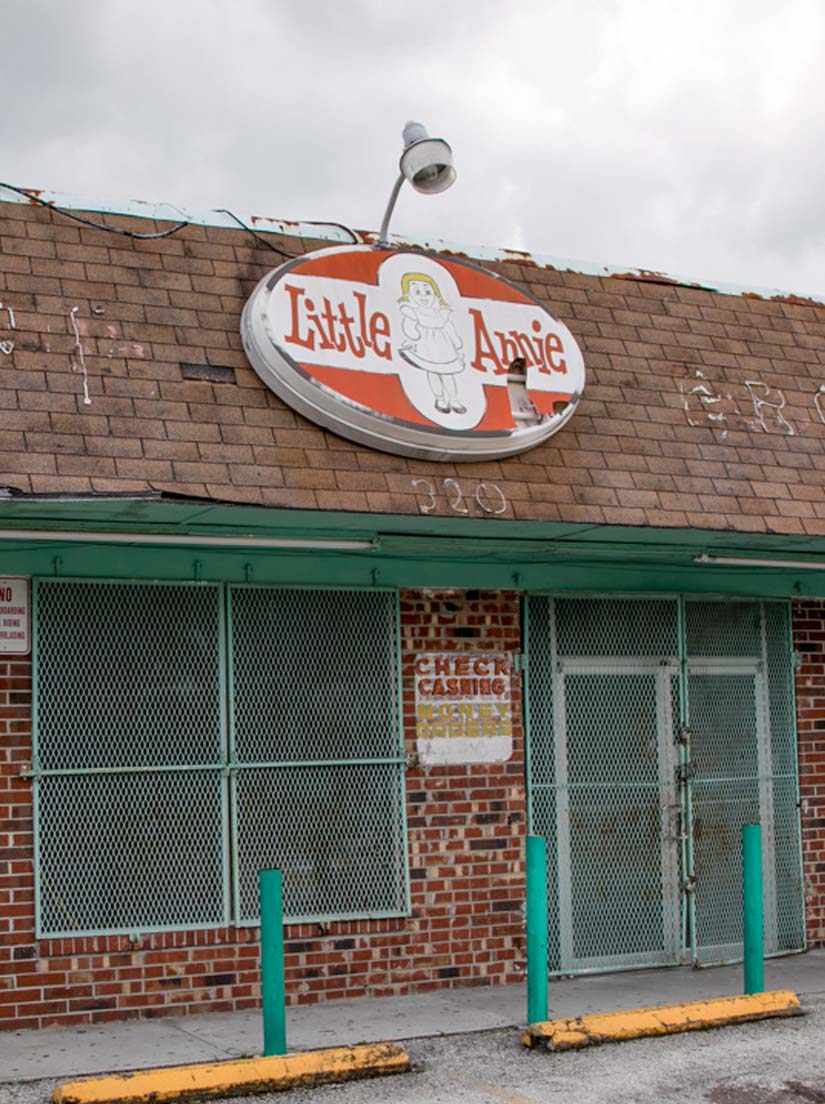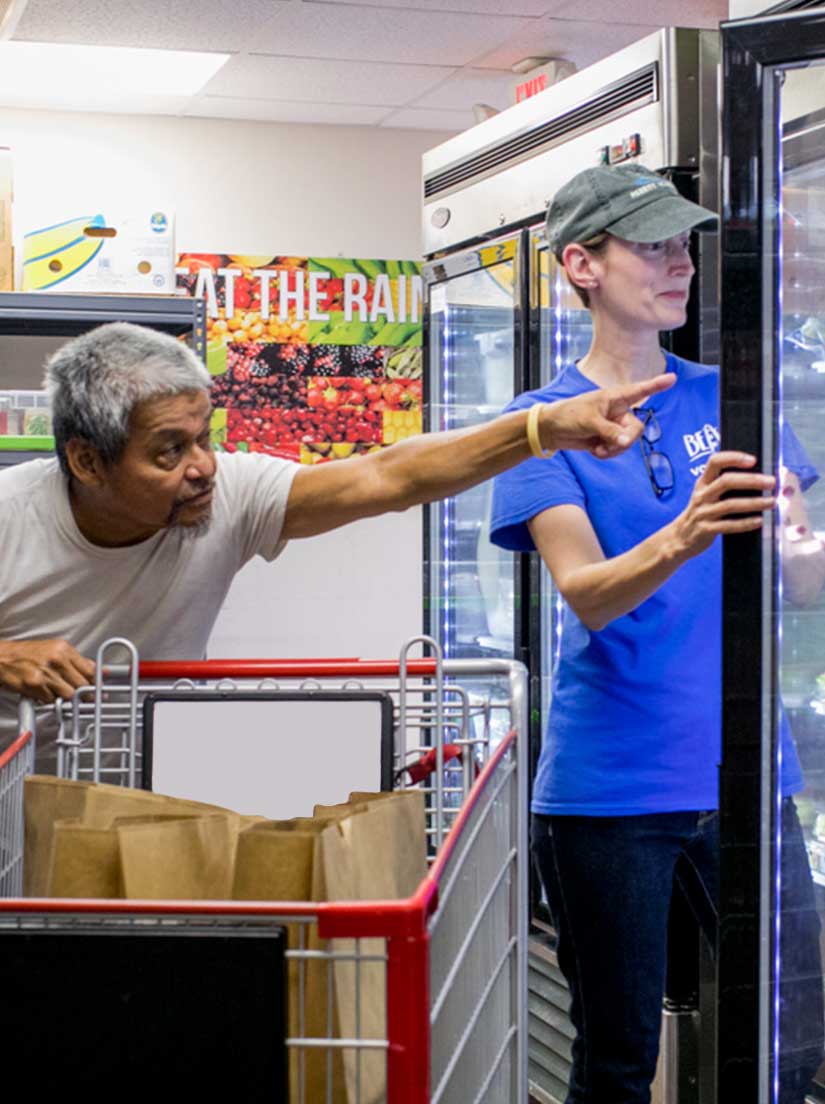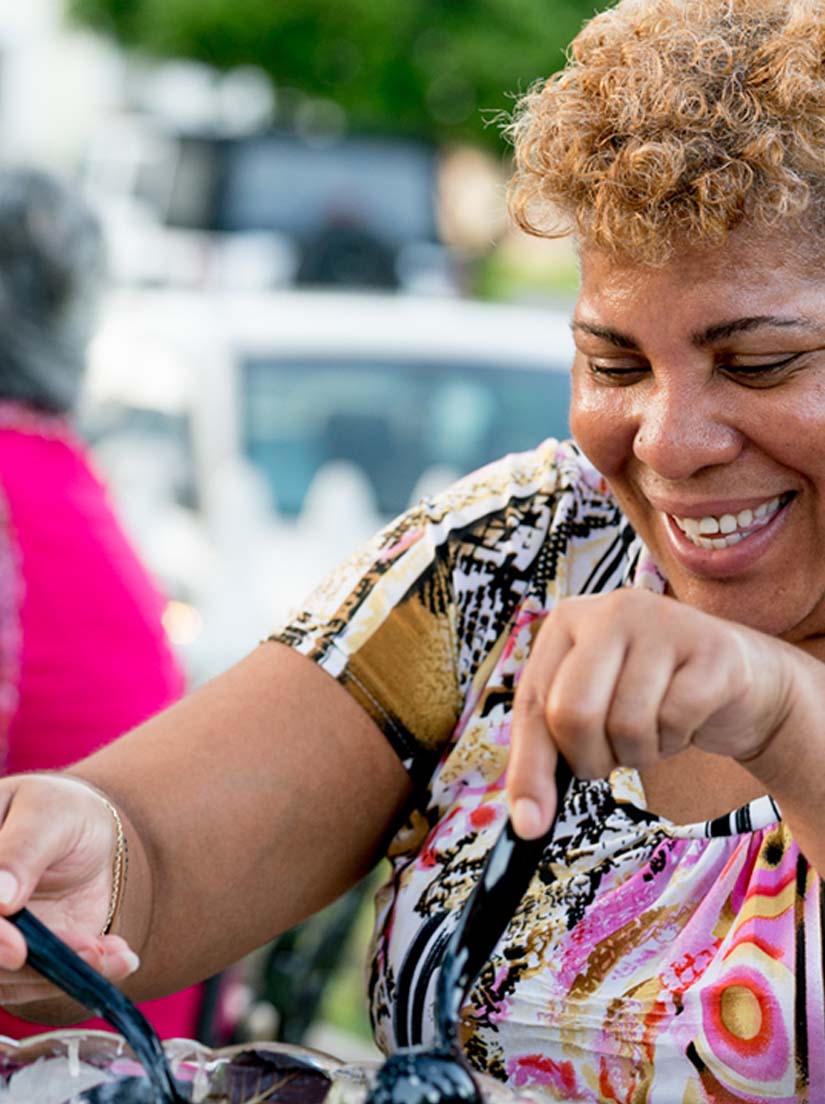A Beacon of Hope and Health
The low-income residents of Houston are the most impacted by the city's healthcare challenges — both pre-existing and from the hurricane. But Houston-based nonprofits are stepping in to offer a path to fitness. For example, the Ambassadors for Christ (AFC) Youth Ministries — a group that receives grant support from the Aetna Foundation, the philanthropic arm of Aetna Inc. — uses a systemic, mind-body approach to overall wellness. AFC engages Houston kids with programming that includes classroom activities, digital learning, physical fitness, artistic performance camps, and field trips to grocery stores and restaurants.
Sherrie Sams, AFC's founding executive director, views the sports and fitness programs as a safe haven for at-risk kids and those in dangerous neighborhoods: “Every child is full of energy; they just need a safe platform and haven to release that energy.”
Kayla Preston, 13, is one of many success stories at AFC. Preston says AFC has changed her life and habits — in a way that is fun.
“I love all the physical activities — the races, the dodge ball, the friendly competition,” she says. “But I also love learning how to read labels, how to cook and eat healthier.”
The group was dealt a devastating blow during Harvey, when the AFC Drop-In and Resource Center was flooded. The loss of the center could mean kids going without meal programs, after-school programs, camps, and even college recruiter meetings. “They lose a lot when we're not functioning,” says Sams. “These kids are trying to stay out of trouble.” Sams says she and her staff were heartened to see that just days after the storm, as the waters receded, they returned to the center to find eight young boys waiting for it to open. “These boys were waiting to clean up, and have since helped in recovery,” she says. “Seeing them definitely reaffirmed our mission statement,” says Sams of the group's objective, which is in part to “inspire excellence and promote leadership to youth.”
Soon after Harvey swept through Houston, Sherrie and her husband, Kenneth Sams, who is AFC's head of community development, share how the Aetna Foundation donated $20,000 to help get the Drop-In Center running again. “We were on a Skype call when they surprised us with this gift,” says Kenneth Sams. When they gave us that news, I had tears in my eyes. I can't wait to get back to work, and neither can the kids.”
He says the money will not only restore and re-purpose the Drop-In Center from ground-up, but it will resume crucial kids programming that has been halted — something that he previously thought could take a year. “We never lost faith, but we had no idea this was coming.”
Many Houston kids, including Kayla Preston, are anticipating getting back to normal. “I can't wait to get out of the house and back to the competitions and games — and the health classes,” she says.
The Can-Do Spirit
Another organization creating change at the grassroots level — also impacted by Harvey — is CAN DO Houston. The group's executive director, Dr. Jasmine Opusunju, says CAN DO instills lasting community development by creating participants, rather than recipients.
“I have found that communities are tremendous experts on what they're experiencing — not us,” she says.
CAN DO Houston partners with area groups to offer fitness camps, classes, and youth programs to combat childhood obesity and Type 2 diabetes. Opusunju says that after Harvey, it took about a week to resume sessions for CAN DO's Let's Move initiative — a family-oriented, community fitness program that takes place at Magnolia Park (in Houston's East End). But once the sessions were back on, residents flocked to participate. And CAN DO's food fairs have continued, as well as the Healthy Corner Stores programming, in the midst of post-storm recovery.
Houston Strong
As Houston began the process of rebuilding, a phrase and social media hashtag emerged: #HoustonStrong. A living symbol of that recovery is Buffalo Bayou Park (BBP), Houston's original port and native waterway. A 160-acre public greenspace, BBP offers year-round biking, canoeing, kayaking, yoga, wellness walks, and fitness “boot camps.” There are even public art installations. Houstonians flock to the park in part to escape cell phones and screen time.
During the storm, BBP became a churning waterway. For weeks after Harvey, the bottom two-thirds of the park was still underwater; entire trees were submerged. And while Houstonians could be seen immediately returning to the upper trails to walk and jog, crews are still at work removing an extensive amount of sediment, cutting fallen trees, and picking up trash. But while the park is only partly operational, BBP president, Anne Olson, says the public greenspace is a source of urban restoration and healing for a stressed city. “In addition to being a place where people can get out and exercise and clear their minds, Buffalo Bayou Park continues to be a place where people from all walks of life are coming together,” says Olson. “The park is definitely a great civic unifier. And our city needs this more than ever.”
As Houston continues its recovery, the ongoing impact on the city will be emotionally taxing, says Dr. Dan O'Connor. But having the support of the community and dedicated organizations are going to make all the difference in ensuring healthy outcomes.
“This storm has been hard on everyone across the board,” says O'Connor, “But if you have more resources to manage it, you may be able to recover to a less stressful state more quickly.”
Learn more about how to talk to your children about natural disasters on AetnaWeJoinYou.com.

